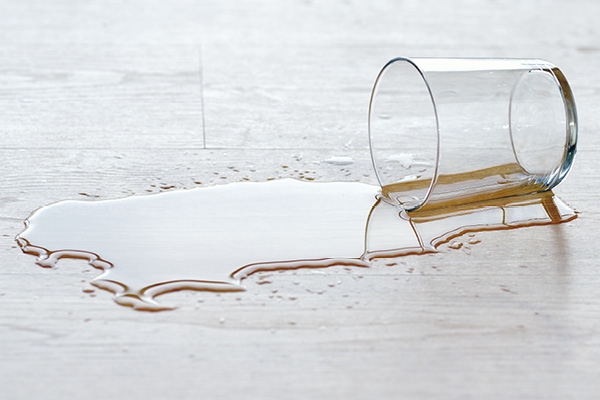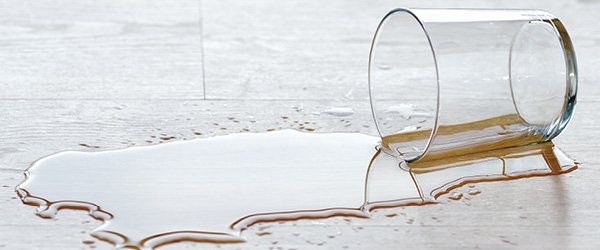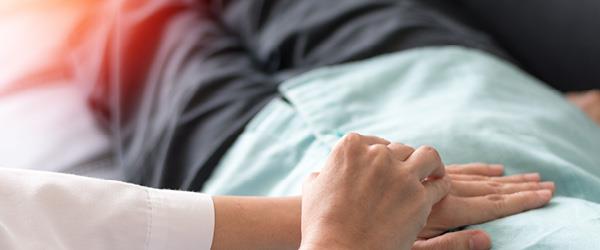Going Home
Discharge usually occurs the day following surgery. Case managers are available to assist you as you prepare to go home. Your case manager may be able to help with questions or concerns about financial matters and financial counselors are available as well. You should start talking with a case manager after surgery if you have special needs. Home healthcare is not usually necessary but can be arranged for patients after discharge. Nurses can also come to your home and assist with management of the catheter, if necessary.
Discharge Precautions
On the day of discharge, you will receive detailed instructions from your care team.
Precautions After Surgery
- You may shower the day after surgery but do not scrub your incisions
- No heavy lifting more than 10 pounds for 4 weeks following surgery
- Continue walking after discharge and try to walk more each day
- Begin exercise and normal activity gradually, 4 weeks after surgery
- You may resume driving when the catheter is removed and you are off narcotic pain medications
- Expect it to take two weeks for your normal stamina to return
- It is usually advisable to take 2 to 3 weeks off from work after surgery. At that point, patients who do office work can usually start working half time. Patients who do heavy work should plan to be off for 4 to 6 weeks. Disability forms can be filled out through your doctor’s office.
Managing Your Catheter
You will be sent home with a catheter to drain your bladder and 2 urinary drainage bags; one that can be worn under your pants (leg bag) and a bigger bedside bag to be used at night. The nurses will teach you how to change from one bag to the other. The urinary drainage bags should be emptied frequently, and the bag should always be positioned lower than your bladder to facilitate drainage. The catheter will remain in place for 7 days after surgery. After discharge, you should call your doctor’s office to arrange for an appointment to have the catheter removed.
Medication and Pain Relief
You will be sent home with narcotic pain medication, stool softener, and a 3-day course of antibiotics. The antibiotics should be started the day before the catheter is to be removed. Your nurse can call these prescriptions to your pharmacy so a family member can pick them up before you get home. Most patients are off narcotic pain medications after 3-5 days and are usually pain-free within 1-2 weeks
Patients often notice it is difficult to get out of bed due to incisional pain. The best method is to roll onto your side first before sitting up. Similarly, to get into bed, you should lay onto your side first and then roll slowly onto your back.
Try to take pain medications before planned activities. Alert your doctor if severe pain continues. If the pain is not severe enough to require the narcotic pills that are prescribed, substitute extra strength Tylenol or anti-inflammatories such as ibuprofen or Aleve.
Showering
Most patients can shower when they return home. Wash your incisions daily with soap and water. Don’t scrub, and gently dry the area. The site where the JP drain was removed may leak for a few days but will spontaneously seal up on its own. You can continue to change the dressings to keep the site clean. Do not submerge yourself in water for 2 weeks after surgery.
When you shower, keep a family member close by in case you get dizzy or need to sit down. While you have a catheter in place, you can either hang the collection bag over the edge of the shower or disconnect the catheter from the collection bag and let the urine flow into the shower drain.

.png)



